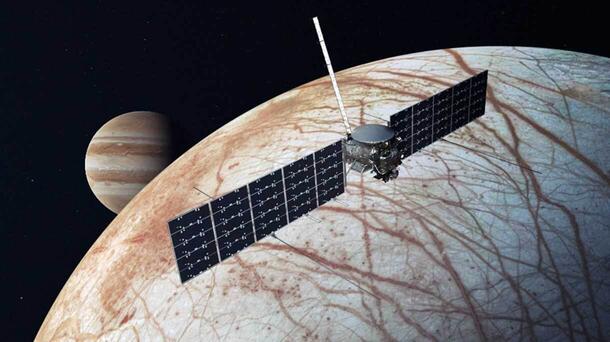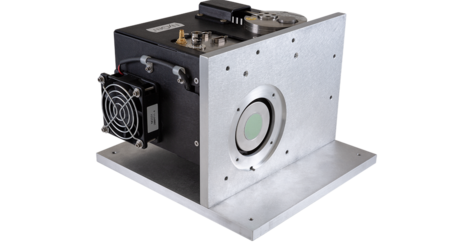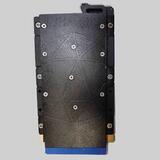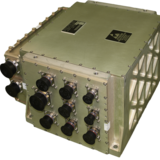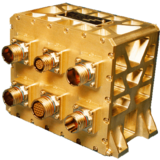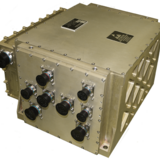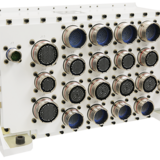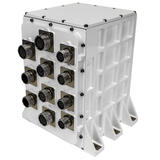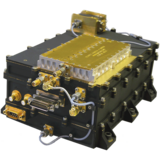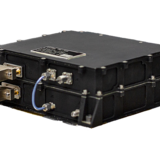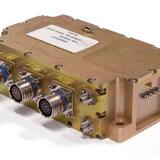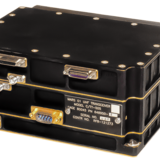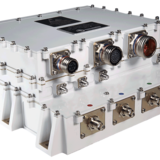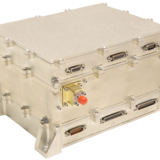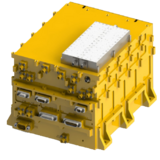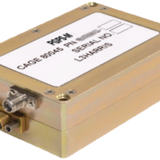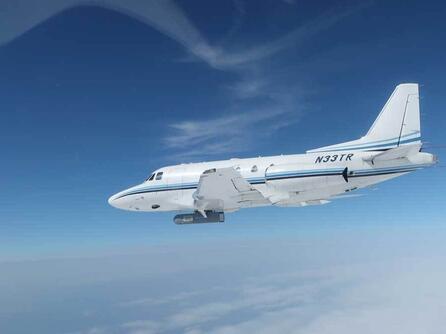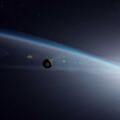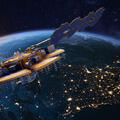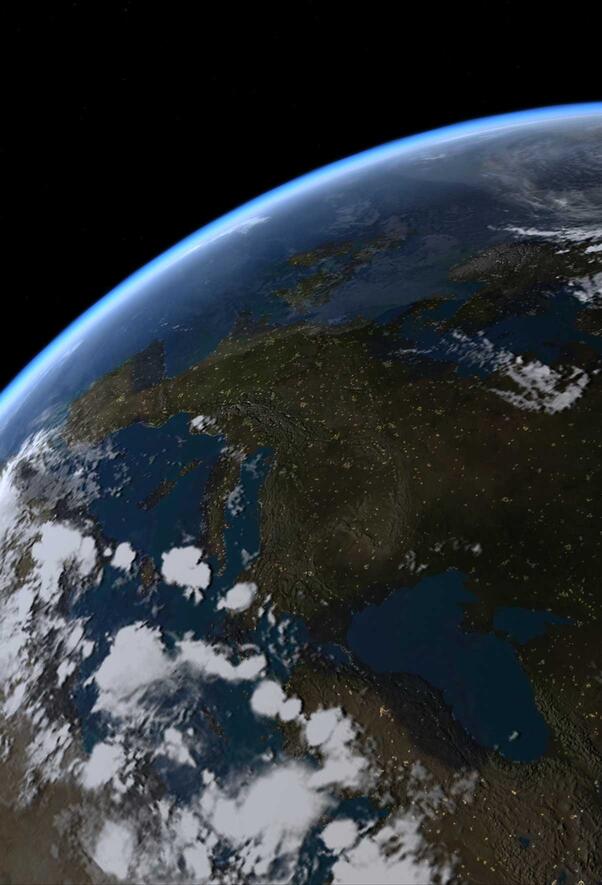The Europa Clipper robotic spacecraft launched in 2024 to orbit Jupiter and gather data about Europa, one of its four major moons. Using gravity assists from both Mars and Earth, the spacecraft will travel 1.8 billion miles to reach its target in April 2030. Scientific data transmissions to Earth will begin when Europa Clipper reaches Jupiter and will take approximately 45 minutes to relay.
With its icy surface and a possible subsurface ocean, Europa is considered one of the most promising places where we might find currently habitable environments in our solar system. Confirming the possibility that life could exist beyond Earth would drastically change our understanding of the universe and our place in it.
To ensure the mission is a success, L3Harris provided NASA’s Jet Propulsion Laboratory (JPL) with four special circuit boards that were integrated into the spacecraft’s Radar for Europa Assessment and Sounding: Ocean to Near-surface, or REASON for short. REASON will search for water within and beneath Europa’s ice, a critical step in theorizing about the potential for life on that moon.
Surviving Harsh Conditions
The most significant challenge in developing these circuit boards was managing how sensitive the column grid array components are to temperature and radiation. Careful analysis was needed to ensure the technology would survive launch and operate properly in the radiation environment as Europa Clipper flies by Europa, including analysis of the stress on column grid array parts.
The electronics on this circuit card set will intake and process the radar data collected during the mission and route it to the spacecraft’s avionics subsystem, which then downlinks the data to earth.
L3Harris’ Legacy of Space Exploration
This collaboration with NASA is part of a broader legacy of L3Harris’ contributions to space exploration. For decades, L3Harris has provided highly reliable designs, manufacturing expertise and advanced technology for multiple NASA programs.
From early spacecraft missions like Mercury, Gemini and Apollo, to the Space Shuttle, International Space Station and past Mars missions, L3Harris has been integral to the success of many milestones in human and robotic space exploration.
Additionally, L3Harris has supported deep space exploration efforts including work on the Hubble Space Telescope and the James Webb and Nancy Grace Roman space telescopes. With six decades of experience supporting space missions, L3Harris continues to provide capabilities that help our customers perform missions safely, reliably and successfully.
As the Europa Clipper mission progresses, L3Harris remains committed to delivering technology that advances humanity’s understanding of space.
